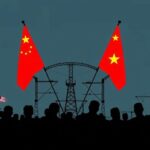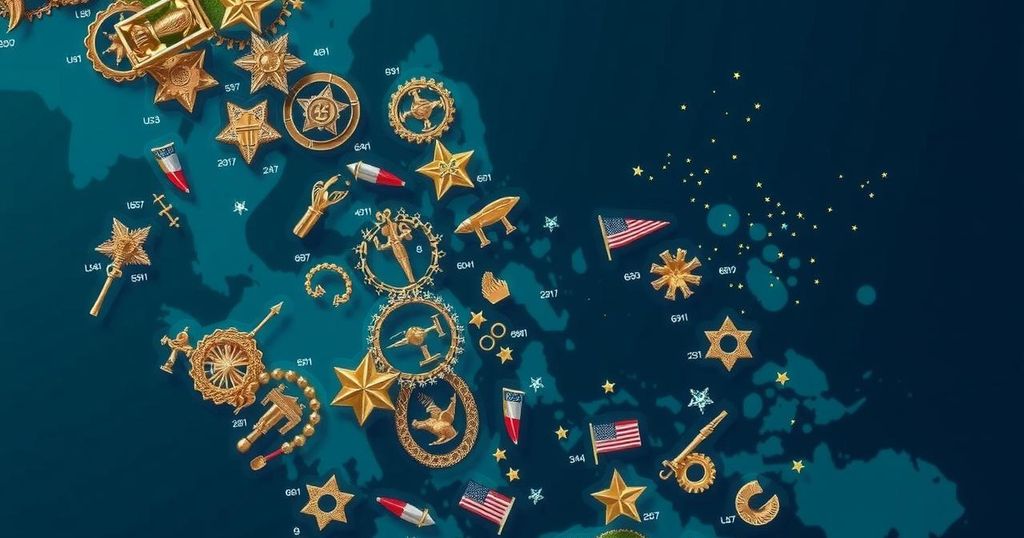China, Tanzania, and Zambia Forge Initial Agreement on Railway Initiative
China, Tanzania, and Zambia have entered into a preliminary agreement to advance a vital railway project designed to enhance the intermodal transportation network linking rail and sea in East Africa. This development was reported by Chinese state media on Wednesday. The signing of the memorandum of understanding took place in the presence of President Xi Jinping, as he welcomed the leaders of Tanzania and Zambia during their visit to Beijing for the Forum on China-Africa Cooperation, as outlined by broadcaster CCTV.
President Xi expressed China’s commitment to utilizing this summit as a catalyst for revitalizing the Tanzania-Zambia railway initiative. He emphasized the importance of this cooperation in fortifying the rail-sea transport infrastructure in East Africa and envisioned transforming Tanzania into a model region for enhancing the quality of China-Africa collaborative efforts under the Belt and Road Initiative.
Earlier in the year, the World Bank sanctioned a financing package of $270 million aimed at enhancing the connectivity between Tanzania and Zambia, thereby fostering regional trade. The Dar es Salaam corridor, which serves as a crucial conduit for copper exports from the Central African Copperbelt, operates under the management of the Tanzania-Zambia Railway Authority (TAZARA). This route provides a viable alternative, thereby alleviating logistical constraints that have previously hindered the exportation of copper and cobalt from Zambia and the Democratic Republic of Congo due to bottlenecks in South Africa.
In conclusion, this collaborative endeavor not only signifies a strategic partnership among the three nations but also underscores their collective aim to strengthen trade networks in East Africa while improving the region’s infrastructure. The implications of this initial agreement could be significant in enhancing economic ties and promoting sustainable development in the area.
(Reporting by Bernard Orr and the Beijing newsroom; Editing by Kim Coghill and Michael Perry)
Copyright 2024 Thomson Reuters








Post Comment